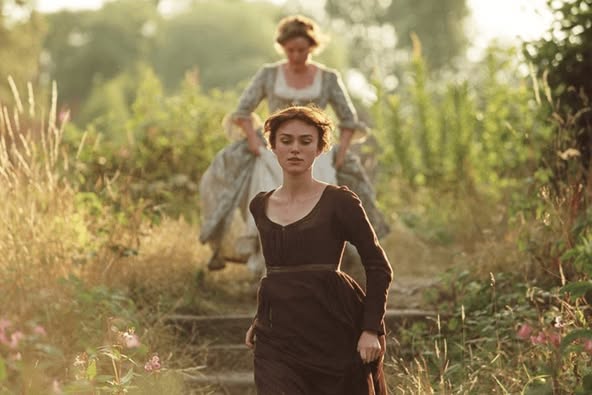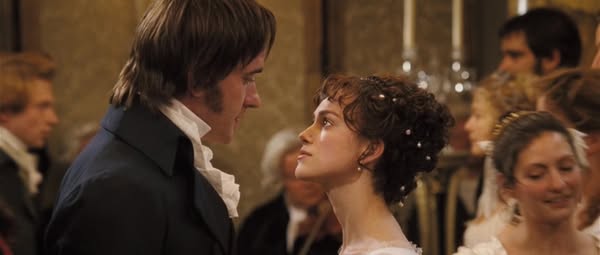Pride & Prejudice (2005)

“Pride & Prejudice,” directed by Joe Wright and released in 2005, is a romantic drama based on Jane Austen’s beloved novel of the same name. The film stars Keira Knightley as Elizabeth Bennet and Matthew Macfadyen as Mr. Darcy, and it offers a fresh and visually stunning adaptation of Austen’s timeless tale of love, class, and social expectations.
Set in early 19th-century England, the story follows the intelligent and spirited Elizabeth Bennet, one of five sisters in a household where marriage is of utmost importance. When the wealthy and seemingly aloof Mr. Darcy arrives in their lives, Elizabeth finds herself torn between her initial prejudices against him and the growing attraction she feels.

Wright’s direction emphasizes the lush English landscapes and period details, enhancing the film’s romantic atmosphere. The cinematography and production design are particularly noteworthy, creating a visually captivating experience that complements the narrative. Knightley delivers a standout performance, capturing Elizabeth’s wit and independence, while Macfadyen brings depth to Darcy’s character, revealing his vulnerability beneath a reserved exterior.

The film explores themes of love, pride, and the influence of social class, highlighting the misunderstandings and judgments that can arise in relationships. The screenplay, adapted by Deborah Moggach, retains much of Austen’s sharp dialogue while making it accessible to contemporary audiences.
“Pride & Prejudice” received critical acclaim and was nominated for several Academy Awards, including Best Actress for Knightley. Its enchanting portrayal of romance and character development has made it a favorite among fans of Austen’s work and romantic films in general.

In conclusion, “Pride & Prejudice” (2005) is a beautifully crafted adaptation that captures the essence of Austen’s novel while offering a visually stunning and emotionally resonant experience. Its memorable performances and romantic themes continue to resonate with audiences, solidifying its place as a modern classic.











